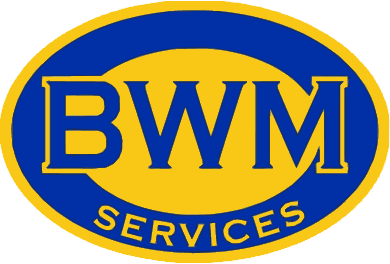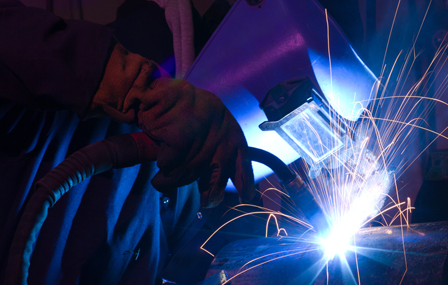What is Metal Fabrication?
Metal fabrication is a process that involves the construction of machines and structures from various raw materials. A fabrication shop will bid on a job, usually based on the engineering drawings, and if awarded the contract will build the product. Large fabrication shops will employ a multitude of value added processes in one plant or facility including welding, cutting, forming and machining. These fabrication shops offer additional value to their customers by limiting the need for purchasing personnel to locate multiple vendors for different services. Metal fabrication jobs usually start with shop drawings including precise measurements then move to the fabrication stage and finally to the installation of the final project.
Materials
Standard raw materials used for metal fabrication may include:
- Plate Metal
- Formed and Expanded Metal
- Welding Wire/ Welding Rod
- Hardware
- Castings
- Fittings
The Process
Once you have your material, you can begin the process of fabricating your project. This is usually a four step process beginning with Forming.
Forming
Forming is a process of material deformation. Forming is typically applied to metals. To define the process, a raw material piece is formed by applying force to an object. The force must be great enough to change the shape of the object from its initial shape. The process of forming can be controlled with the use of tools such as punches or dies. Machinery can also be used to regulate force magnitude and direction. Proper design and use of tools with machinery creates a repeatable form which can be used to create products for many industries. Once your material is formed, it’s time to move on to the next process; Machining.
Machining
Machninig is a trade in and of itself although fabrication shops will generally entail a limited machining capability including; metal lathes, mills, magnetic based drills along with other portable metal working tools. In these “traditional” or “conventional” machining processes, machine tools, such as lathes, milling machines, drill presses, or others, are used with a sharp cutting tool to remove material to achieve a desired geometry. Next is Welding.
Welding
Welding is the main focus of steel fabrication. The formed and machined parts will be assembled and tack welded into place then re-checked for accuracy. Welding is when the structure will actually really start to take shape! Final assembly is the last step to fabrication completion.
Final Assembly
After the welding has cooled, it is generally sand blasted, primed and painted. Any additional manufacturing specified by the customer is then completed. The finished product is then inspected and finally shipped or picked up. Be sure to contact BWM Services for any and all of your fabrication needs!


